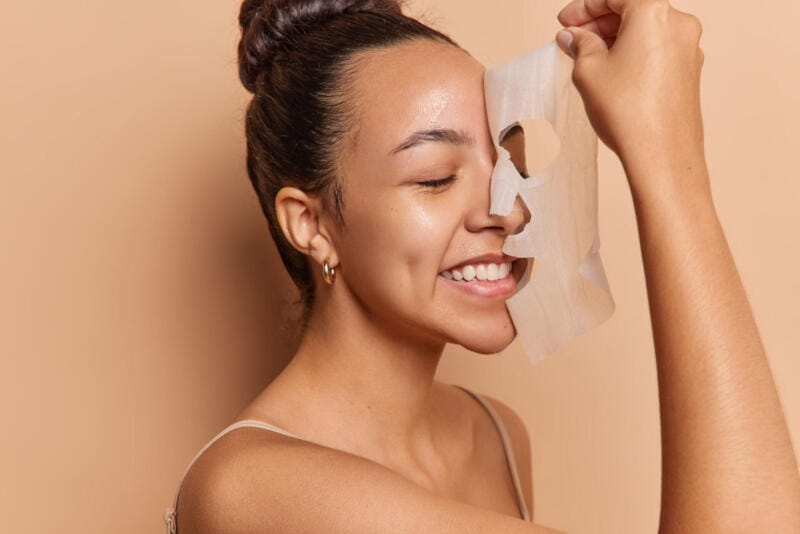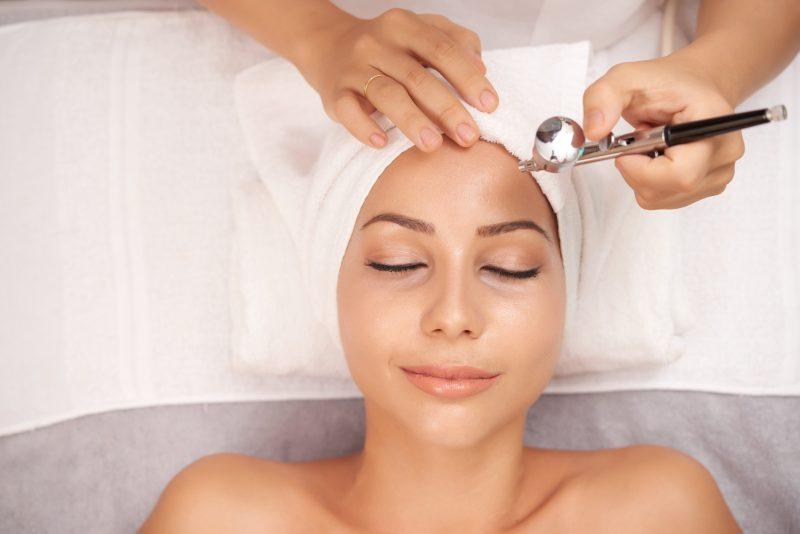Professional Skincare, Salon Biz
Retail Strategies for Salons How to Boost Skincare Product Sales
The skincare industry is thriving, and salons have a unique opportunity to turn their expertise into a profitable retail business. Yet, many professionals struggle to maximize product sales. They offer high-quality treatments, recommend products, and still watch customers leave empty-handed. What’s missing? A strategic approach to retail that aligns with how clients think, shop, and trust their skincare professionals.
Why Retail Matters in a Salon Setting
Retail is more than an add-on—it’s a revenue driver that enhances client satisfaction and loyalty. A salon’s retail selection should complement its services, giving clients a seamless way to continue their skincare routine at home. According to a study by Kline & Company, professional skincare product sales grew by 13% in the past year, demonstrating the increasing demand for high-quality solutions recommended by experts.
Professional skincare product sales grew by 13% in the past year, demonstrating the increasing demand for high-quality solutions recommended by experts.
A well-executed retail strategy does more than boost profits. It establishes a salon as a trusted authority, deepens client relationships, and ensures that results-driven treatments extend beyond the appointment. But selling skincare products requires more than displaying them on a shelf—it’s about creating an experience that encourages purchases.
Creating an Engaging Retail Experience
Salons thrive on relationships. Clients trust their estheticians and stylists to guide them toward the best choices for their skin. That trust must extend into retail. A cluttered display and a casual mention of a product at checkout won’t cut it. Instead, focus on weaving retail into the entire client experience.
From the moment a client walks in, the environment should invite curiosity. Keep displays well-organized, well-lit, and visually appealing. Feature testers whenever possible. Encourage clients to interact with products by placing them within reach rather than behind a counter. Arrange products in a way that highlights solutions—group items by skin concerns rather than by brand.
The power of storytelling can’t be overlooked. Instead of listing ingredients, talk about how a product solves a problem. “This moisturizer locks in hydration all day” is far more compelling than “It contains hyaluronic acid.” Position retail as a natural extension of your expertise rather than a sales pitch. When a client shares a skin concern, offer a solution that includes both a treatment and a product that supports their results.
Training Staff to Sell with Confidence
Many beauty professionals hesitate when it comes to selling. They fear coming across as pushy, but that mindset needs to shift. Selling is about helping, not pressuring. Training staff to feel confident in product recommendations transforms the way clients perceive retail.
Invest in ongoing education. A team that understands the benefits of each product—and how they fit into a skincare routine—will naturally recommend them in conversation. Role-playing exercises help build confidence in discussing products with clients. Encourage staff to share personal experiences with the products they sell. Authentic enthusiasm makes a difference.
Sales incentives can also be powerful. Set achievable goals and reward staff for meeting them. Whether it’s commissions, bonuses, or exclusive training opportunities, motivation keeps retail top of mind. However, the goal should never be to push a sale—it should always be to enhance the client’s experience and results.
Leveraging Consultations to Increase Sales
The consultation is one of the most valuable moments to introduce retail. Clients come to salons for expert advice, so use that time to guide them toward solutions that extend beyond their appointment. Instead of a general conversation about their skincare concerns, walk them through a tailored regimen.
Skin analysis tools can make this process more engaging. Digital imaging, hydration meters, and magnifying lamps give clients a visual representation of their skin’s needs. When they see the results for themselves, they’re more likely to invest in products that address their concerns.
Take notes during the consultation. Reiterate key concerns and recommend a product that directly addresses them. When a client hears a personalized recommendation rather than a generic sales pitch, they’re more inclined to trust and purchase.

Mastering the Art of the Close
Closing a sale should feel effortless. The best approach is to assume the client wants to continue their skincare routine at home. Instead of asking, “Would you like to buy this?” try phrasing it as, “I’ve set these products aside for you to support your treatment. You’ll love how your skin responds.”
Another effective technique is the ‘two-option’ close. Instead of leaving room for a yes-or-no answer, ask, “Would you like the full-size or travel-size version?” This shifts the focus from whether they will buy to which size they prefer.
Always recap the benefits before wrapping up the visit. Reinforce how the product fits into their routine and what results they can expect. If a client hesitates, offer a sample when possible. Many clients feel more comfortable purchasing once they’ve had a chance to try a product first.
Using Promotions to Drive Sales
Promotions don’t have to mean discounts. In fact, constant markdowns can devalue products. Instead, focus on value-added promotions. Gift-with-purchase offers, exclusive bundles, and seasonal skincare sets create excitement without slashing prices.
Loyalty programs work well in a salon setting. Offer points for purchases that lead to discounts or free services. Another strategy is the ‘buy more, save more’ model—offering a discount when clients purchase a full regimen instead of just one product. This not only increases sales but ensures they see better results from using complementary products together.
Events also create buzz. Hosting skincare workshops, VIP nights, or treatment demos allows clients to experience products firsthand. When they see the results immediately, they’re more likely to invest in maintaining them at home.
Strengthening Client Retention with Follow-Ups
Retail sales don’t end at checkout. Following up with clients enhances their experience and builds long-term loyalty. A quick text or email a week after purchase asking how they’re enjoying their product makes a lasting impression.
Offering reordering reminders helps maintain consistency. If a product typically lasts eight weeks, reach out at week six with a friendly message: “Just checking in! If you’re running low on your serum, I can set one aside for you.”
Incorporate social media into your follow-up strategy. Share skincare tips, product spotlights, and client testimonials to keep engagement high. Encourage clients to tag your salon when they use their products—it builds community and social proof.
The Path to Retail Success
Skincare retail isn’t just about selling—it’s about providing solutions that extend beyond the treatment room. Clients come to salons for expertise. When they leave with products that support their skincare goals, they see better results, build trust in the salon’s recommendations, and return for future purchases.
With the right approach—one that integrates retail into the client experience, prioritizes education, and creates an inviting shopping environment—salons can turn retail into a thriving part of their business. It’s not about selling more; it’s about serving clients better. And when that happens, sales naturally follow.





